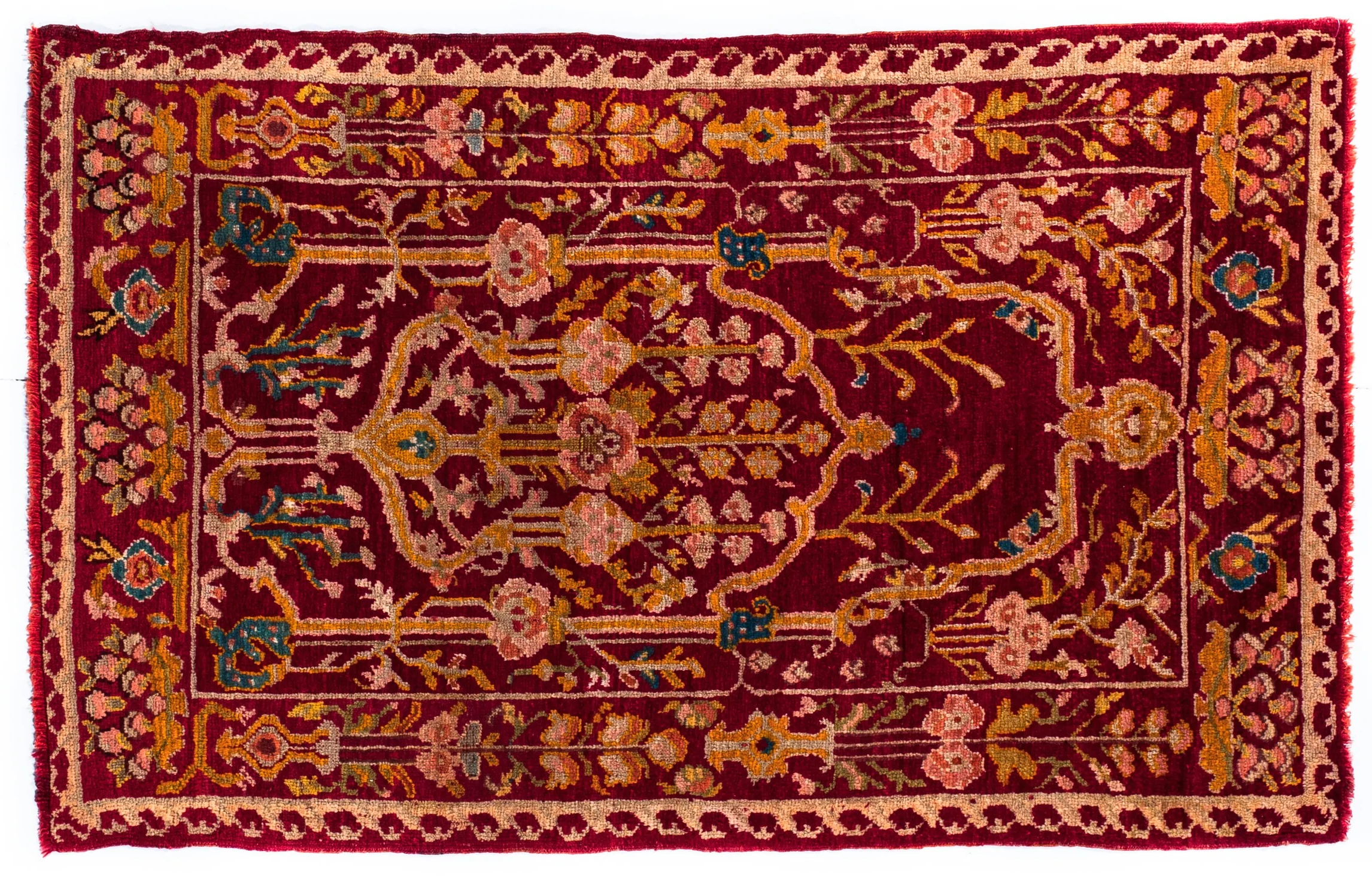Middle East Rugs and History
Rugs and carpets have a long and rich history in the Middle East. They have been produced and used in the region for centuries, and are an important part of the cultural and artistic heritage of many Middle Eastern countries.
Rug-making is an ancient craft that has been practiced in the Middle East for thousands of years. The techniques used to create these rugs have been passed down through generations, and many of the designs and patterns used in Middle Eastern rugs are based on traditional motifs and symbols that have been used for centuries.
Middle Eastern rugs are known for their high quality and intricate designs. They are typically made using wool or silk and are often adorned with intricate patterns and intricate designs. Some of the most famous and sought-after Middle Eastern rugs come from countries such as Iran, Turkey, and Afghanistan. These rugs are known for their beautiful colors, intricate patterns, and exceptional craftsmanship.
In addition to being used as floor coverings, Middle Eastern rugs have also been used as decorative items, wall hangings, and even as clothing. They are an important part of the cultural and artistic heritage of the Middle East and are highly prized by collectors and enthusiasts around the world.
The typical color of the middle east rug
Middle Eastern rugs are known for their vibrant colors and intricate patterns. The colors used in these rugs are often inspired by the natural world and may include shades of red, orange, yellow, green, blue, and purple. Some of the most common color combinations found in Middle Eastern rugs include:
Red and blue: These colors are often used together in Middle Eastern rugs and are thought to symbolize fire and water, respectively.
Red and green: These colors are often used to create a sense of balance and harmony in the rug.
Yellow and blue: These colors are often used to create a sense of brightness and energy in the rug.
Orange and blue: These colors are often used to create a sense of warmth and tranquility in the rug.
In addition to these traditional color combinations, many Middle Eastern rugs also feature intricate patterns and designs that are created using a variety of different colors. These patterns and designs can be geometric, floral, or abstract in nature, and are often influenced by the cultural and artistic traditions of the region.
Typical design of the middle east rug
Middle Eastern rugs are known for their intricate patterns and designs, which are often inspired by the cultural and artistic traditions of the region. Some of the most common design elements found in Middle Eastern rugs include:
Geometric patterns: Geometric patterns are a common feature of many Middle Eastern rugs and may include diamonds, circles, squares, and other shapes. These patterns are often created using a variety of different colors and are used to create a sense of balance and symmetry in the rug.
Floral patterns: Floral patterns are also a common feature of many Middle Eastern rugs and may include flowers, leaves, and other botanical motifs. These patterns are often created using a variety of different colors and are used to add a sense of beauty and elegance to the rug.
Abstract patterns: Abstract patterns are another common feature of many Middle Eastern rugs and may include a variety of different shapes and forms. These patterns are often created using a variety of different colors and are used to add a sense of movement and energy to the rug.
In addition to these design elements, many Middle Eastern rugs also feature intricate border patterns and other decorative elements. These patterns and elements are often used to frame the main design of the rug and add a sense of depth and complexity to the overall design.

